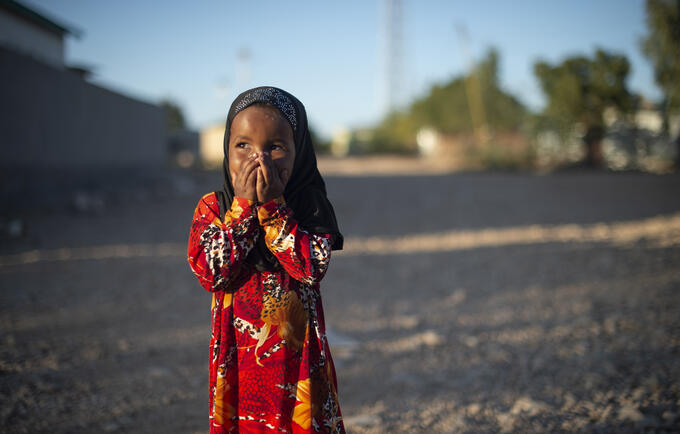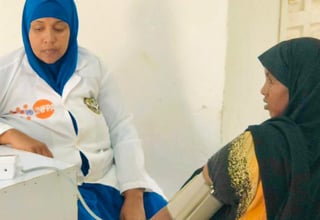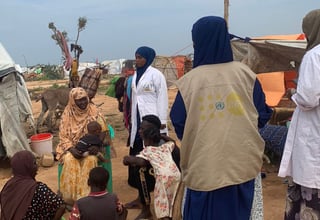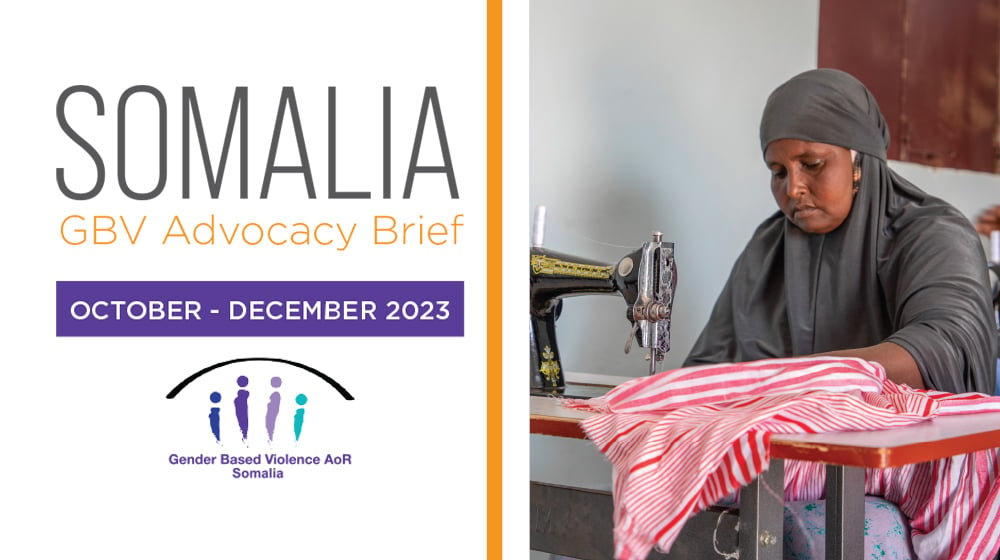Female genital mutilation (FGM) refers to “all procedures involving partial or total removal of the female external genitalia or other injury to the female genital organs for non-medical reasons[1].” There is no known medical benefit to this harmful practice, which is a significant obstacle for addressing poverty and advancing other areas of human development.[2]
Those subjected to FGM are at risk of infection, birth complications, haemorrhage and even death. They are also vulnerable to early marriage, dropping out of school, mental health disorders and reduced opportunities for growth, development and sustainable incomes.
More than 200 million women and girls around the world live with the consequences of FGM. In Somalia, 99 percent of girls and women between the ages of 15 and 49 have undergone the procedure – the majority were cut between the ages of five and nine, according to the 2020 Somali Health and Demographic Survey. Despite United Nations resolutions calling for the elimination of FGM, the practice remains near universal in Somalia with a 99 per cent prevalence rate. Recent estimates indicate that more than 2.1 million girls in Somalia are at risk of FGM between 2015 - 2030[3]
In Somalia, social drivers and root causes of FGM stem from gender inequality, including a desire to control female sexuality, support for religious narratives, limited access to education and economic opportunities for girls and women and assurance of girls’ or women’s social status, chastity or marriageability. The practice has persisted as a result of beliefs that uncut women and girls are promiscuous, unclean and physically undesirable.
In 2008, the United Nations Population Fund (UNFPA) and the United Nations Children’s Fund (UNICEF) launched the Joint Programme on Eliminating Female Genital Mutilation to end FGM in one generation, which is linked to the Sustainable Development Goal 5 of ending all harmful practices by 2030.
Learn more about the work of UNFPA in Somalia and join the global campaign to end FGM here.
[1] WHO 2008
[2] UNFPA 2014
[3] Performance Analysis for Phase 2- UNFPA joint programme on FGM 2018




